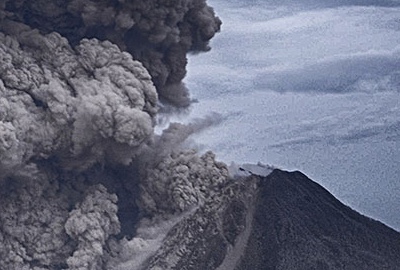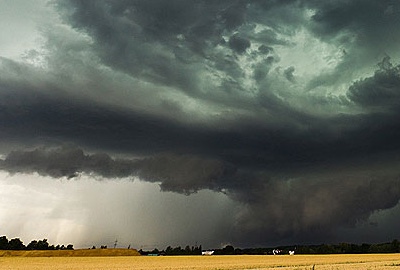 2022-05-08
2022-05-08

The Hindenburg disaster
- ArticlesandContent.com (CIRCA 2005)
- /
- Oct 8, 2021 (written 2005)
The Hindenburg disaster stands out not because of the numbers that died or were injured, but because it was the first time that such a world disaster was captured on film and received a global audience.
At 7.25 pm on May 3, 1937, the Hindenburg came in to land at Lakehurst, New Jersey after an uneventful trans-Atlantic crossing. As the front mooring ropes were lowered, flame was observed on both the port and starboard sides of the ship and what happened next has continued to eclipse any recent natural disaster in its media impact.
The Hindenburg Disaster as a World Disaster
Herbert Morrison provided the on-the-scene radio commentary and his words “Oh the humanity!” planted in the consciousness of the day the sheer scale of the Hindenburg disaster. Commander Rosendahl quickly concluded that the airship was lost, though prompt action by the crew did little to alleviate the death toll and survival was more a matter of luck than anything else. In fact, the airship was only half full due to a bomb scare and carried 36 passengers and 61 crew on this fateful day. The death toll was 13 passengers and 21 crew with a further member of the ground crew also losing his life.
When compared to the recent natural disaster of the Christmas Tsunami, this death toll is minuscule; however, the effect on the global public of the day was just as great. Media coverage for the day was high, as Zeppelin had advertised heavily the first transatlantic flights with the Hindenburg. The images captured by the four newsreel crews, plus a host of photographers, more than matched anything produced by recent natural disasters, weather disasters, or world disasters for that matter.
The newsreels graphically depict the burning airship as it plunged to the ground, bounced upwards, and settled down to earth while people could be seen escaping from the burning wreckage and running through fire. The Hindenburg disaster ranks as the first world disaster ever captured and distributed by the global media.
Cause of the Hindenburg Disaster
The precise cause of the Hindenburg disaster is unknown, and speculation was and continues to be rife over what precisely caused the fire. Sabotage was the theory prevalent at the time, particularly as a bomb threat had been made against the airship; however, no evidence could be found for a bomb. Most theories seem to focus on the Hindenburg being the victim of a weather disaster. Freak weather conditions causing ignition fire by building up a static charge have been put forward; however, NASA scientists have worked extensively with the theory that the Hindenburg was struck by lightning. The lightning strike theory does have some evidence to support it, as witnesses claimed to have seen a ball of lightning strike the Hindenburg prior to the conflagration. Irrespective of the cause, whether by sabotage or weather, the Hindenburg remains as a memorable image in the annals of world disasters.




